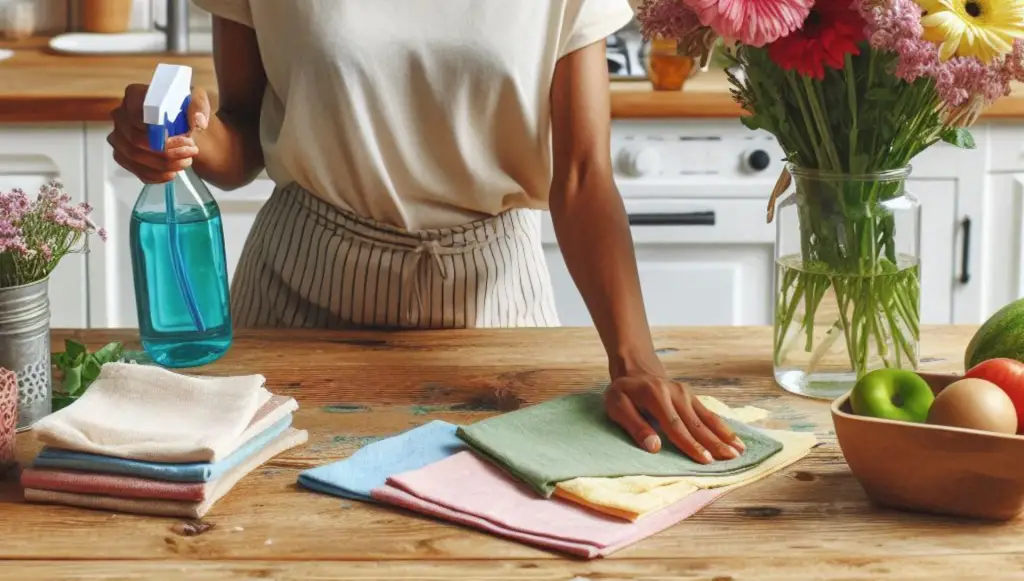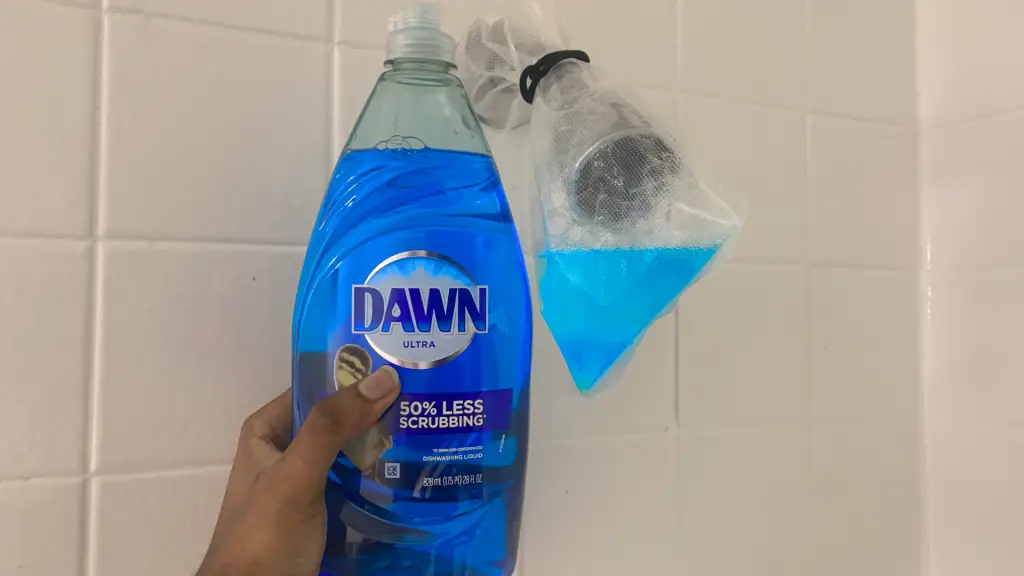99 BRILLIANT Carpet Cleaning Hacks and Tricks

Keeping your carpets clean and fresh can be challenging, but with these 99 carpet cleaning hacks and tricks, you’ll have everything you need to tackle stains, odors, and wear. Let’s dive into these practical tips to keep your carpets looking their best!
1. Basic Carpet Maintenance
- Regular Vacuuming: Vacuum your carpets at least once a week to remove dirt and prevent it from becoming embedded in the fibers.
- Vacuum in Both Directions: Vacuum in both directions (north-south and east-west) to lift dirt and debris from all angles.
- Use a HEPA Filter: A HEPA filter on your vacuum cleaner helps trap allergens and fine dust particles.
- Vacuum Slowly: Take your time when vacuuming to allow the vacuum cleaner to pick up more dirt.
- Use a Vacuum with Adjustable Height: Set your vacuum cleaner to the correct height for your carpet type to ensure effective cleaning.
2. Stain Removal Basics
- Blot, Don’t Rub: Always blot spills with a clean cloth rather than rubbing, which can spread the stain.
- Club Soda for Stains: Club soda can help lift fresh stains from carpets. Pour it on the stain, let it fizz, and blot with a clean cloth.
- Vinegar and Water Solution: Mix equal parts vinegar and water in a spray bottle to treat stains. Spray the area and blot with a clean cloth.
- Hydrogen Peroxide for Tough Stains: For stubborn stains, use a 3% hydrogen peroxide solution. Test in an inconspicuous area first.
- Baking Soda and Vinegar Paste: For tough stains, mix baking soda and vinegar to form a paste. Apply, let it sit, then scrub and vacuum.
3. Removing Specific Stains
- Red Wine: Blot with white wine to neutralize the color, then clean with a mixture of water and dish soap.
- Pet Stains: Use a mixture of vinegar and water to clean the area, then sprinkle baking soda and vacuum once dry.
- Coffee Stains: Blot with a solution of water, vinegar, and a bit of dish soap.
- Grease Stains: Use a mixture of baking soda and cornstarch to absorb grease, then vacuum.
- Ink Stains: Dab the area with rubbing alcohol using a clean cloth. Do not rub, as this can spread the ink.
- Blood Stains: Use cold water and mild dish soap. Avoid hot water, as it can set the stain.
- Gum Removal: Freeze gum with ice cubes and then scrape it off with a dull knife.
- Candle Wax: Place a paper towel over the wax and iron on a low setting to absorb the wax.
- Mud Stains: Allow mud to dry, then vacuum. Follow with a mixture of water and dish soap.
- Chocolate Stains: Scrape off excess chocolate, then blot with a solution of dish soap and water.
4. Odor Removal
- Baking Soda Deodorizer: Sprinkle baking soda over carpets, let sit for at least 15 minutes, then vacuum.
- Vinegar Spray: Mix equal parts vinegar and water in a spray bottle. Lightly mist the carpet to neutralize odors.
- Essential Oil Mixture: Add a few drops of essential oil to baking soda, sprinkle on the carpet, and vacuum.
- Activated Charcoal: Place bowls of activated charcoal around the room to absorb odors.
- Dryer Sheets: Place dryer sheets under furniture to keep your carpet smelling fresh.
- Coffee Grounds: Place used coffee grounds in a bowl to absorb odors in the room.
- Citrus Peels: Dry citrus peels and place them around the room to naturally freshen the air.
- White Vinegar and Water: Spray a mixture of white vinegar and water to neutralize strong odors.
- Cat Litter: Place a bowl of cat litter in the room to absorb odors.
- Steam Cleaning: Use a steam cleaner to deep clean and deodorize carpets.
5. Deep Cleaning Techniques
- Steam Cleaning: Rent a steam cleaner or hire a professional to deep clean your carpets periodically.
- Shampooing Carpets: Use a carpet shampooer to clean and refresh carpets. Follow the manufacturer’s instructions.
- Hot Water Extraction: This method uses hot water and cleaning agents to clean deep into the carpet fibers.
- Dry Carpet Cleaning: Use a dry cleaning powder and a brush to clean carpets without water.
- Carpet Foam Cleaners: Use foam cleaners for spot cleaning and to refresh carpets.
- DIY Carpet Cleaner: Mix equal parts water, white vinegar, and a few drops of dish soap for a DIY carpet cleaner.
- Carpet Rakes: Use a carpet rake to lift dirt and debris from deep within the carpet fibers.
- Vacuuming with Baking Soda: Sprinkle baking soda on the carpet before vacuuming to absorb odors.
- Encapsulation Cleaning: This method uses synthetic detergents that crystallize into powder when dry, encapsulating dirt.
- Carpet Bonnet Cleaning: This method uses a rotary machine with a cleaning pad soaked in a solution to absorb dirt.
6. Preventative Measures
- Doormats: Use doormats at entrances to reduce the amount of dirt brought into your home.
- No Shoes Policy: Implement a no-shoes policy inside the house to keep carpets cleaner.
- Rugs and Runners: Place rugs and runners in high-traffic areas to protect carpets.
- Carpet Protectors: Use carpet protectors or plastic mats in high-traffic areas.
- Furniture Pads: Use furniture pads to prevent dents and marks on carpets.
- Regular Cleaning Schedule: Establish a regular cleaning schedule to maintain carpets.
- Immediate Stain Treatment: Treat spills and stains immediately to prevent them from setting.
- Pet Care: Regularly groom and bathe pets to reduce shedding and dander.
- Air Purifiers: Use air purifiers to reduce dust and allergens in the air.
- Humidity Control: Maintain proper humidity levels to prevent mold and mildew growth.
7. Carpet Care for Different Types
- Wool Carpets: Use mild detergents and avoid high temperatures when cleaning.
- Nylon Carpets: Nylon carpets are durable and can handle most cleaning methods.
- Polyester Carpets: Polyester is stain-resistant but can flatten easily; regular vacuuming is essential.
- Olefin Carpets: Olefin is resistant to moisture and chemicals, making it easy to clean.
- Berber Carpets: Use low moisture cleaning methods for Berber carpets to prevent shrinking.
- Sisal Carpets: Sisal is natural and eco-friendly; use dry cleaning methods to avoid water damage.
- Shag Carpets: Use a vacuum with a beater bar and regular deep cleaning to maintain shag carpets.
- Cut Pile Carpets: Regular vacuuming and occasional deep cleaning keep cut pile carpets looking fresh.
- Loop Pile Carpets: Use a vacuum without a beater bar to avoid damaging loop pile carpets.
- Natural Fiber Carpets: Avoid excess moisture and use gentle cleaning solutions for natural fiber carpets.
8. Special Cleaning Techniques
- Spot Cleaning: Use a small amount of cleaning solution and blot the stain, working from the outside in.
- Ice Cube Method: Place an ice cube on dents left by furniture; the fibers will slowly rise as the ice melts.
- DIY Carpet Freshener: Mix baking soda with essential oils and sprinkle on carpets before vacuuming.
- Club Soda for Pet Stains: Club soda can help neutralize pet urine stains and prevent odor.
- Cornstarch for Grease: Sprinkle cornstarch on grease stains, let sit, then vacuum.
- Shaving Cream for General Stains: Apply shaving cream to the stain, let sit, then blot with a damp cloth.
- Rubbing Alcohol for Nail Polish: Blot nail polish stains with rubbing alcohol and a clean cloth.
- Hydrogen Peroxide for Disinfecting: Use hydrogen peroxide to disinfect carpets after cleaning.
- Towel and Iron Method: Place a damp towel over a stain and iron it to lift stubborn stains.
- DIY Carpet Shampoo: Mix a few drops of dish soap with warm water for a DIY carpet shampoo.
9. Handling Tough Stains
- Old Stain Removal: Use a carpet cleaning solution designed for old, set-in stains.
- Removing Ink Stains: Apply rubbing alcohol to a cloth and dab the ink stain gently.
- Removing Wine Stains: Blot with a mixture of dish soap, vinegar, and water, then rinse.
- Removing Ketchup Stains: Scrape off excess ketchup, then clean with dish soap and water.
- Removing Blood Stains: Use cold water and hydrogen peroxide, then blot with a clean cloth.
- Removing Grass Stains: Use a mixture of dish soap and hydrogen peroxide to treat grass stains.
- Removing Paint Stains: Blot with a mixture of dish soap and water, then rinse with warm water.
- Removing Crayon Stains: Scrape off excess crayon, then blot with a mixture of dish soap and water.
- Removing Rust Stains: Use a mixture of vinegar and salt to treat rust stains.
- Removing Ink Pen Stains: Dab with rubbing alcohol and a clean cloth, then rinse with water.
10. Advanced Cleaning Tips
- Deep Freeze Gum Removal: If the gum is too embedded to remove easily, use a bag of frozen vegetables to harden it, then scrape it off with a blunt knife.
- Cornmeal for Grease Absorption: Sprinkle cornmeal on grease stains and leave overnight. Vacuum up the powder to remove the grease.
- Window Cleaner for Dye Stains: Use a non-bleach window cleaner on dye stains, spray and blot gently.
- Salt for Red Wine: Immediately after a spill, cover the stain with salt. Once the salt absorbs the wine, vacuum it up.
- Baby Wipes for Quick Cleanups: Use alcohol-free baby wipes for quick stain removal and spot cleaning.
- Enzyme Cleaners for Organic Stains: Use enzyme-based cleaners for stains like blood, sweat, or food, which can break down organic matter.
- Lemon Juice for Rust Stains: Apply lemon juice to rust stains, let sit, and blot with a cloth. The citric acid helps break down the rust.
- Glycerin for Ink and Dye Stains: Dab glycerin on ink or dye stains to lift the color before rinsing with water.
- Professional Carpet Protectors: Apply a professional-grade carpet protector to repel future stains and make cleaning easier.
- Rotating Rugs: Rotate area rugs every few months to ensure even wear and sun exposure.
- Vacuuming Underneath: Don’t forget to vacuum under furniture and in hard-to-reach places where dirt can accumulate.
- Using a Squeegee: Use a rubber squeegee to lift pet hair from carpets, especially in areas where vacuums might not be effective.
- Dish Soap for Protein-Based Stains: Mix a few drops of dish soap with water to clean stains like egg, milk, or other protein-based messes.
- White Vinegar and Salt Paste: For mud or soil stains, make a paste with white vinegar and salt, apply, and let dry before vacuuming.
- Regular Cleaning of Vacuum Filters: Clean or replace vacuum filters regularly to maintain suction power and efficiency.
- Rubbing Alcohol for Makeup Stains: Dab rubbing alcohol on makeup stains like lipstick or foundation to break them down before rinsing.
- Steam Treatment for Allergens: Use steam cleaning to kill dust mites and remove allergens from carpets.
- Avoid Over-Wetting: When using wet cleaning methods, avoid over-wetting the carpet to prevent mold and mildew.
- Periodic Professional Cleaning: Schedule professional carpet cleaning every 12-18 months to extend the life of your carpet and maintain its appearance.
Conclusion
Carpets can enhance the beauty and comfort of your home, but they also require regular care to maintain their appearance and longevity. With these 99 carpet cleaning hacks and tricks, you have a comprehensive toolkit for tackling stains, removing odors, and maintaining your carpets. Remember, prompt action and regular maintenance are key to preventing permanent damage and keeping your carpets looking their best. Whether you’re dealing with common household stains or stubborn spots, these tips will help you handle any challenge with ease. Keep your carpets clean and fresh, and enjoy the comfort of a well-maintained home!






















